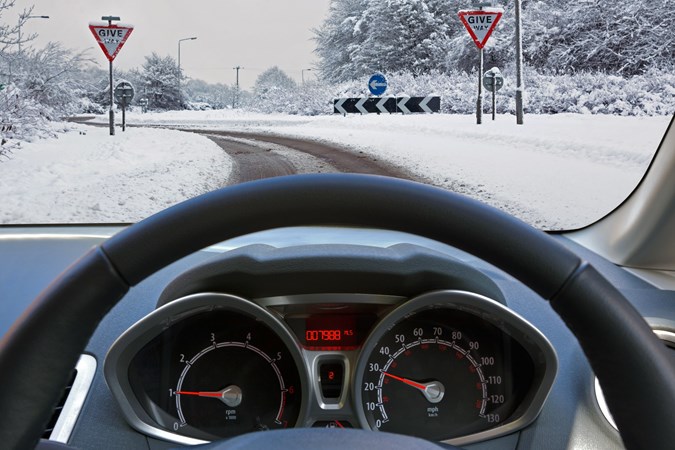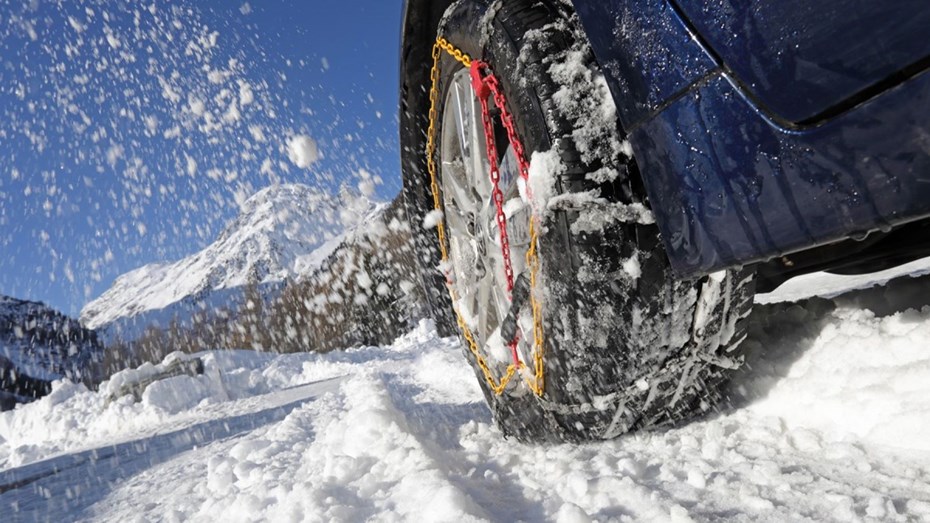When snow on the road gets really deep or slick, there can come a point when even the best winter tyres simply can’t find enough traction to keep the car moving. Even if you’re an experienced driver who’s well-versed in the techniques of winter driving, there’s not much you can do if the tyres can’t bite into the surface. That’s where snow chains come in.
In this guide, we’re going to go over exactly what snow chains are, how to fit them, when to use them, and whether or not they’re actually worth having. You could also check out our guide to the best snow chains available.
How do snow chains work?
As the name suggests, snow chains are web of metal chains that fit over a car’s tyres. As the wheels turn, the chains bite into the snow-covered road surface, providing grip and traction that the tyre wouldn’t be able to by itself.
When should I use snow chains?
You should only use snow chains when a road has quite a deep covering of snow and/or ice. You don’t have to wait until the car has completely lost grip and traction before fitting them. Do so sooner rather than later and the extra grip the chains provide will alleviate some of the stress of driving in such tricky conditions.
You should remove the chains when you get to a stretch of clear road. If you don’t, they could damage the Tarmac and potentially the car, as well.
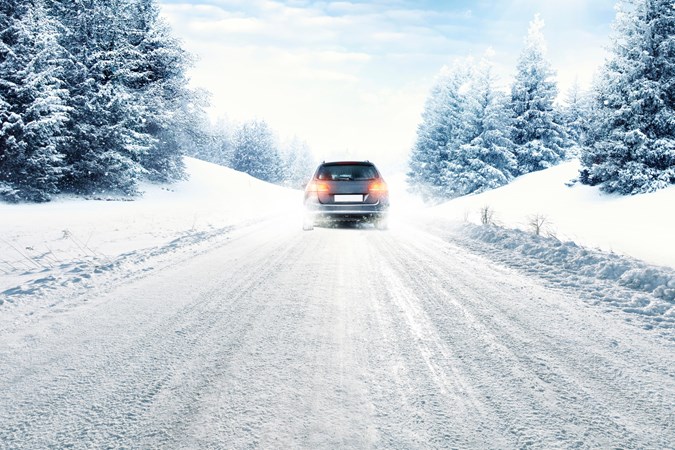
How do I fit snow chains to my car?
Snow chains do look like a cat’s cradle when you take them out of the bag and there was a time when they were really quite difficult to fit. The latest ones are more user-friendly but fitting them can still be a bit fiddly. Be careful not to catch your fingers, as well.
We suggest having a couple of practice runs when you buy your chains. You really don’t want to have the stress of learning how to fit them when you’re stuck on a snowy road in the middle of a freezing cold night.
You should only fit snow chains to the car’s driven wheels. If your car has four-wheel-drive, put them on the wheels that get most power.
Unravel the chains and drape them over the tyres, then connect the various parts of the chains together. The exact process varies between the different manufacturers, so always read the instructions to make sure you get it right. You won’t be able to connect up the bottom part of the chain because the tyre is in contact with the ground, so you’ll have to move the car forward a few inches to finish the last bit.
Some snow chains automatically pull tight when you drive away, others need to be tensioned and adjusted periodically while you’re on the move.
Note that snow chains are not suitable for every tyre. If your car has particularly wide tyres, there may not be any chains that fit. Similarly, snow chains can damage wheels fitted with low profile tyres. You also need a decent amount of clearance between the tyre and the car’s bodywork.
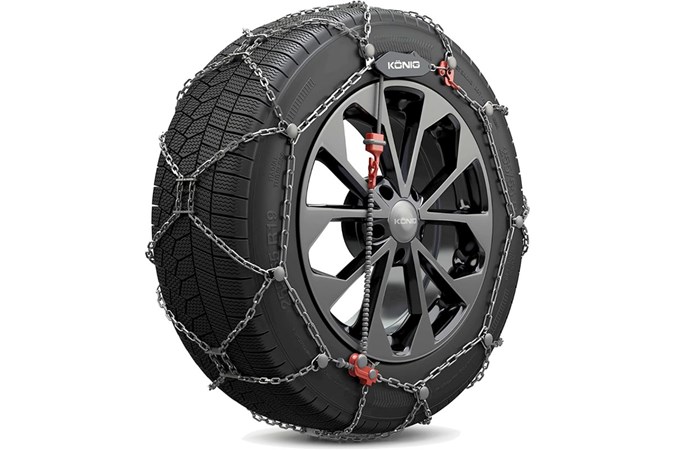
How do I drive with snow chains on?
A car is designed around the tyres being in contact with the road. Put a set of snow chains on them and it will feel very different to drive. The ride will be a lot worse for a start, the car jiggling up and down every time a bit of chain hits the ground. Snow chains generate a lot of noise, as well.
The best approach is to drive steadily and smoothly. Use too much throttle and the chains won’t be able to dig into the surface properly; they could even come off the wheel. You should also brake gently and turn the steering as little as you can get away with.
What’s the difference between snow chains and snow socks?
We’re not talking here about the thick, fluffy socks that keep your toes nice and warm in winter. No, snow socks are another, arguably more convenient, way of keeping your car moving in winter.
Snow socks are made from synthetic fabrics like polypropylene and have a rough surface that finds grip and traction on slick snow. They have some advantages over chains – they’re less bulky, usually easier to fit and don’t ruin your car’s ride. Ultimately, though, they can’t generate as much grip as chains and they’re less durable.
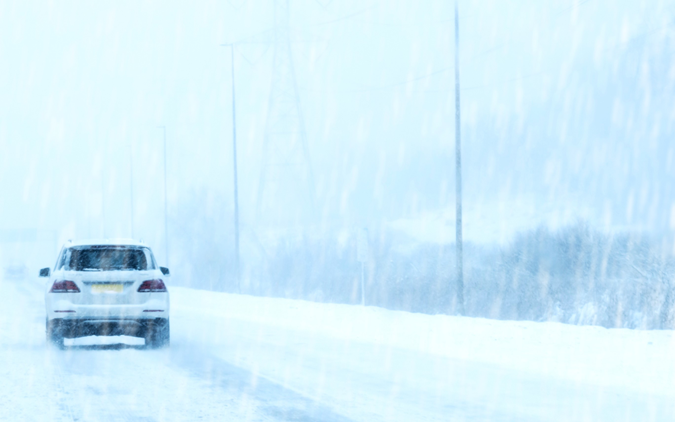
Do I actually need snow chains?
There are parts of the world where drivers are legally required to carry snow chains in their car during winter including Austria, Switzerland and some bits of Germany. There are even road signs telling you when to put them on. If you’re heading abroad in winter, we recommend researching the local laws to find out what’s required.
In the UK, though, snow chains can be overkill, unless you live on really high ground. At lower levels, we generally only get a fairly thin covering of snow. That can become very slick as it’s compacted down by all the cars driving over it and chains – or socks – may become necessary, but it’s a relatively rare occurrence. If you know your local area well, you should have some idea of where and when snow chains might be needed.
At the very least, you should have your car fitted with a set of winter tyres for the colder months. They generate grip at lower temperatures than summer tyres can and have tread that’s designed to cut through deeper water, slush and snow.
